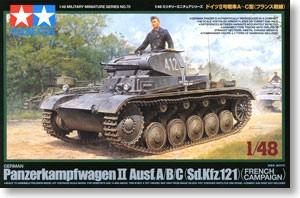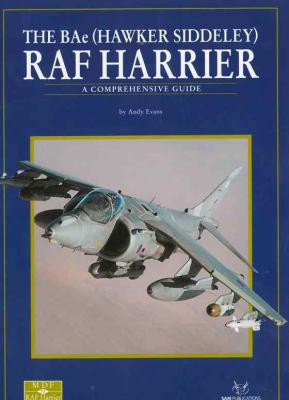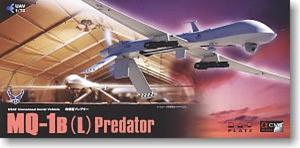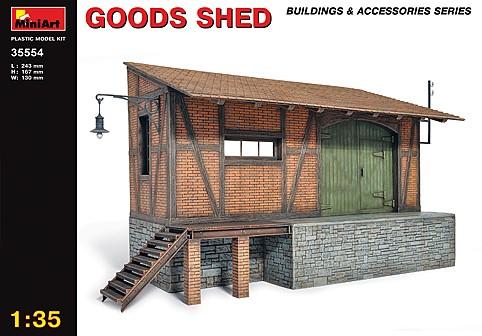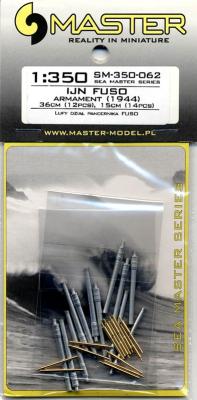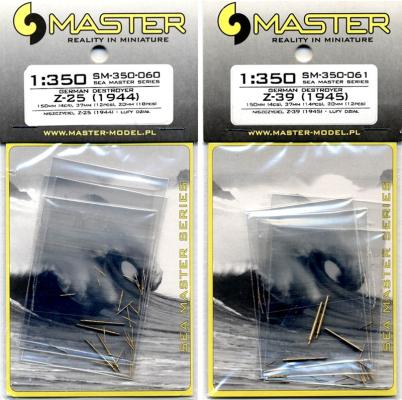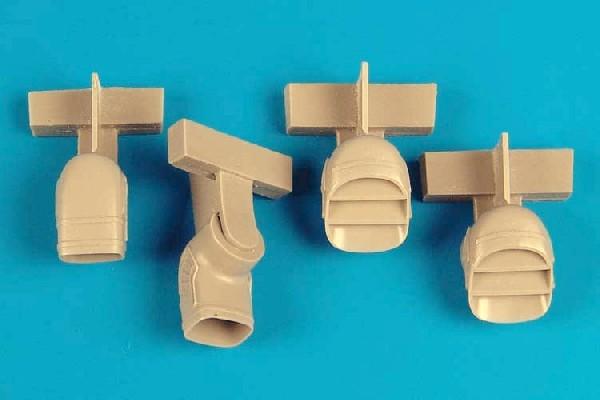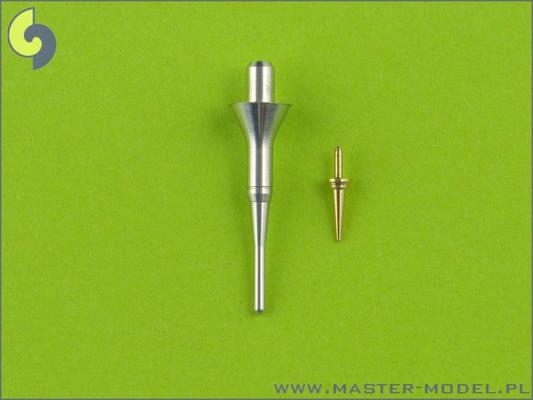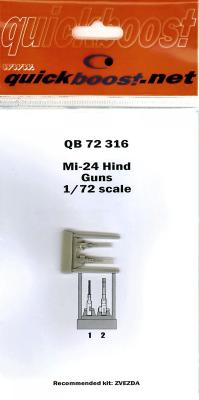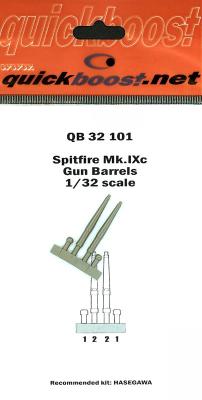The Panzerkampfwagen II, or Pzkfw. II for short, was a light tank produced as a stop gap measure by the German armaments industry for the German Armed Forces prior to and during the early stages of WW2. What the German High Command really wanted was the more powerfully armed Panzer III and Panzer IV tanks, but German industry found producing the more complex heavier tanks in any meaningful numbers beyond their capacity, at least initially. That said the Pzkfw. II series of light tanks went on to serve with distinction during the initial phases of the War, especially in the Polish and French Campaigns of 1939 and 1940, with nearly 1,900 vehicles of all marks eventually seeing production.
What's New
This is another fine publication in this now well established series. This reviewer has collected several volumes in the series and this issue is indeed an improvement over earlier volumes in the series and is simply superb. Whereas earlier titles devoted a number of pages to obscure sometimes one-off experimental variants of the subject aircraft type, the more recent volumes have skipped the pedantic overview of the type’s development in favor of more thorough coverage of standard in-service variants including detailed walk around photos and operational history. Another welcome improvement is that this volume is printed in full color.
The General Atomics MQ-1B (L) Predator is an unmanned aerial vehicle or UAV that is used mostly by the United States Air Force, but units have also been purchased by the Central Intelligence Agency, the Italian Air Force, and the Royal Air Force. Conceived in the early 1990’s as part of the General Atomics GNAT project, the first MQ-1 flew in 1994, and the aircraft have been in service since 1995. The Predators have been deployed to several locations (mostly classified) in the middle-east as well as Bosnia, Serbia, and some African nations. The aircraft has also been used by civilian organizations for border patrols and scientific studies.
MiniArt has created a lengthy list of structures, vehicles, and “artifacts” that can be used to enhance dioramas or serve as the main components of a diorama. The Goods Shed features an interesting “front” with windows and a large cargo door, with an attached loading platform and stairs. The structure lends itself to placement near a railroad track but can also just as easily be placed near a street or road.
This particular kit also comes with some extra goodies in the box, not shown on the box top or kit plans. Several lengths of “pipe” are provided in case one wishes to depict fuel or water delivery. Window shutters are included, as are parts for street lamps, iron fencing, and detail parts for the structure such as door hinges, a brick chimney, and other odds and ends.
Assembly:
Master from Poland has added to their impressive line of Sea Master Series detailed ship gun barrels with this set of main and secondary guns for the Fujimi battleship Fuso. Included in this set are twelve 14” (360 mm) turned stainless steel barrels, and fourteen 6” (150mm) turned brass barrels. Both the brass and steel barrels are precisely tapered, with petite segmentations along the barrel length and at the ends. Each of the barrels has an ever so slightly flared open end.
These two armament sets from Master Model provide a full range of replacement brass gun barrels for the new Dragon German Destroyer kits. Set contents include:
- Z-25: Four 150 mm (5.9”); Twelve 37mm; Eighteen 20mm
- Z-39: Four 150mm (5.9”); Fourteen 37mm; Twelve 20mm
Each of the brass barrels is slightly tapered with very finely defined segmentations. Additionally, all of the 20mm barrels and some of the 37mm barrels in each set (four for the Z-25 and ten for Z-39) have barely discernable (but yet, in scale) flash suppressors at the open ends of the barrels. The very high level of manufacturing craftsmanship is readily visible in all the Master Model products, and these sets are certainly no exception.
My thanks to Master Model for providing IPMS with these review sets.
This is a superb set of replacement nozzles for the very crude kit parts provided by Hasegawa. The Aires Hobby Models parts are drop fit replacements and are quite easy to use. Other than cutting them off the casting blocks (a five minute task), they require no more effort than the kit parts to use. The photos show the kit parts and their Aires replacement side by side and truly speak for themselves. The interiors have depth that is non-existent on the kit parts and the edges are really thin and sharp. The detail is super on the replacement parts. Another advantage over the kit parts is that they are one piece whereas the nozzles provided in the kit are in two halves which leaves a seam for cleaning; really not a good thing when they are to be finished with a metal color. Using this set actually saves time and adds detail which is most often two mutually exclusive concepts in this hobby.
I don't know how many models I have snapped pitot tubes off of- dozens? They seem to always be in the way. Put them on early to make sure they fit and risk breaking them completely or put them on late and they don't seem to blend in well.
One trend lately is for manufacturers and the aftermarket companies to make these fragile parts out of metal- either turned brass or aluminum. For this set, the pitot tube is aluminum and the AOA probe is brass. Both are exquisite in their detail as compared to the kit parts.
They are both drops in parts and will resist breaking for a long period of time.
For those of us with growing collections or having moved several times, parts like this are a godsend as they prevent breaking.
The parts are accurate, well made and very reasonably priced and a snap to use. Recommended with no reservations!
My thanks to IPMS/USA and the fine people at Master.
A while back I built the Zvezda 1/72 Mi-24 Hind. I got the opportunity to do this review and grabbed it, as I wouldn’t have to build the entire kit just to add the nose guns
The package contains two guns. The kit gives options of two different guns in the nose turret. The one I used is the Yak-B 4 barrel Gatling-type gun, 12.7 mm. The other is a twin-barrel gun the G-Sh-30, a 30 mm weapon. The 12.7mm has been phased out, and the 30 mm is preferred, as it has more punch, particularly on light armored targets.
The G-Sh-30 is definitely superior to the kit parts, as the kit gun comes in 2 parts, so you have to deal with a seam. The QB part has slightly finer detail, which is still hard to see in 1/72.
The Yak-B looked quite a bit like the kit part, and fit into the turret nicely. The only outstanding difference was that the hump on the kit part is a recess on the resin part.
While a lot of attention has been focuses on aftermarket offerings for Tamiya’s growing line of 1/32 Spitfire kits, Quickboost has release a set of resin gun barrels that are designed to replace those found in Hasegawa Spitfire kits. They are direct replacements for kit parts #CC3 and #CC16, and the detail is crisp and delicate. The castings, like all other Quickboost resin parts are blemish free and offer detail superior to that found in the kit parts. The gun barrels provide hollow ends, fine recessed details and delicate rivets. No clean up is required and there are no pinholes to worry about. They are easily removed from the casting block with a #11 blade and should be attached with super glue or epoxy cement.
This Detail Set is highly recommended to anyone who wants to enhance the detail of a 1/32 Spitfire built from a Hasegawa kit.
My thanks to IPMS/USA, Quickboost.net and Aires Hobby Models for the opportunity to review this detail set.

